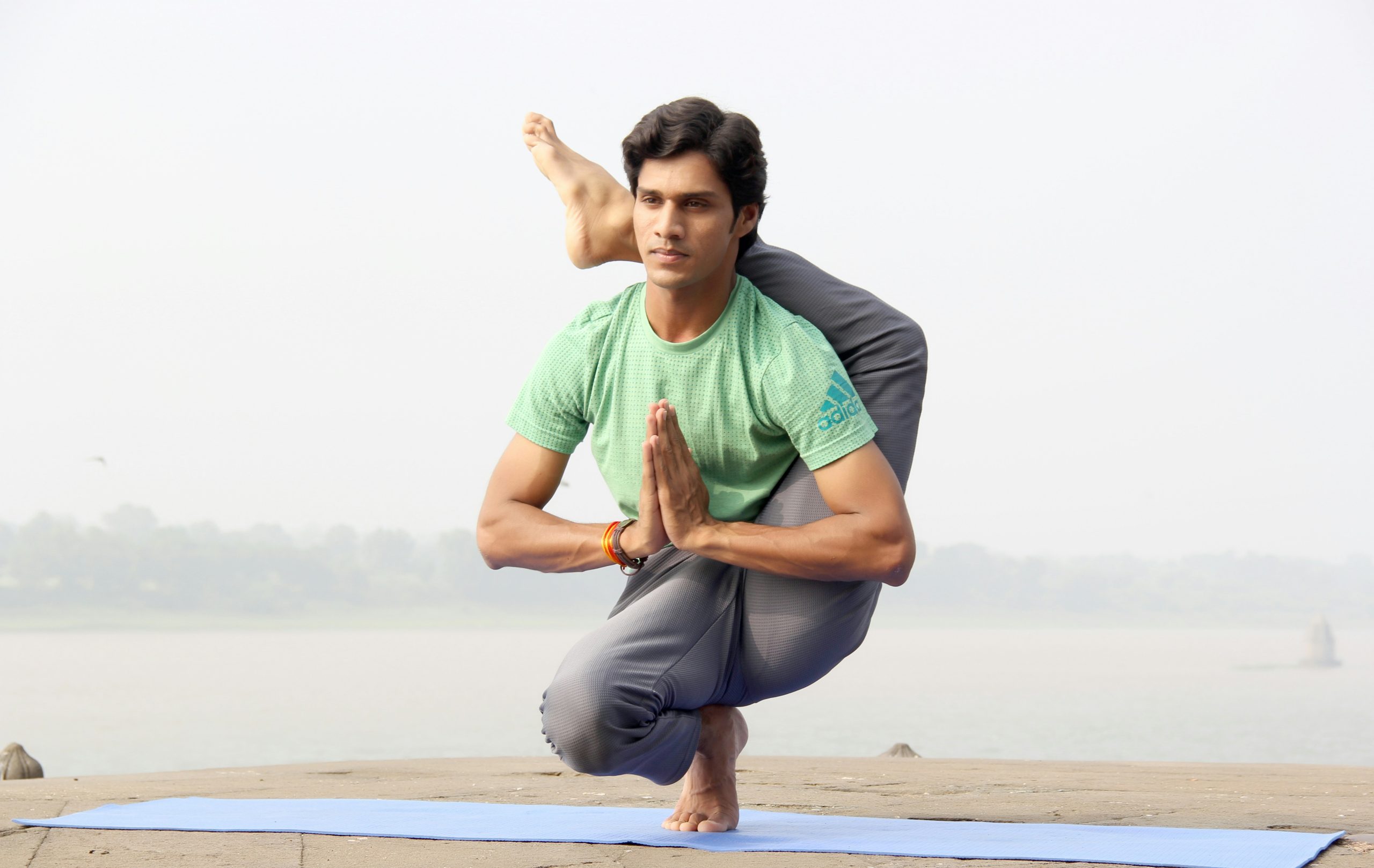
Global Trends in Sports Participation
Sports participation is a cornerstone of global culture, encompassing a wide range of activities that contribute to physical fitness, mental well-being, and community engagement. Understanding the trends in sports participation across the globe provides valuable insights into societal changes, health impacts, and economic influences.
Increasing Diversity of Sports
Traditionally popular sports such as football (soccer), basketball, and athletics continue to dominate global participation rates. However, there is a noticeable trend towards diversification in sports choices. Emerging sports like mixed martial arts (MMA), esports, and adventure sports are gaining popularity among younger demographics. For instance, the rise of esports has created a new avenue for competitive engagement, attracting millions globally and challenging traditional notions of sports participation.
Impact of Technology and Social Media
Technology and social media have revolutionized sports participation by enhancing accessibility and connectivity. Apps and wearable devices enable individuals to track their performance and connect with like-minded enthusiasts globally. Social media platforms have democratized sports content, allowing athletes of all levels to share their journeys, gain recognition, and inspire others. This interconnectedness has fostered a global community around sports, transcending geographical boundaries.
Gender Parity and Inclusivity
Efforts towards gender parity and inclusivity in sports have gained momentum in recent years. Initiatives promoting women’s participation in traditionally male-dominated sports, such as football and rugby, have contributed to increased female representation. Furthermore, adaptive sports for persons with disabilities have gained recognition, providing opportunities for inclusivity and empowerment through sports.
Health and Wellness Initiatives
Governments and organizations worldwide are increasingly recognizing the importance of sports in promoting public health and wellness. Initiatives focusing on grassroots sports development, school sports programs, and public infrastructure investments aim to increase physical activity levels and combat sedentary lifestyles. For example, cities like Copenhagen have implemented bike-friendly infrastructure, encouraging cycling as a mode of transport and recreational activity.
Economic Influence and Global Sporting Events
Global sporting events such as the Olympics, FIFA World Cup, and the Super Bowl not only showcase athletic prowess but also drive economic growth and tourism. Host cities and countries invest significantly in infrastructure upgrades and tourism promotion, benefiting local economies and fostering international cooperation. The economic impact extends beyond the event itself, as cities often experience long-term benefits from increased tourism and global visibility.
Challenges and Opportunities
Despite the positive trends, sports participation faces challenges such as accessibility barriers, funding disparities, and societal perceptions. In underserved communities, lack of facilities and resources can limit access to sports opportunities, particularly for disadvantaged youth. Addressing these challenges requires collaborative efforts from governments, private sectors, and non-profit organizations to ensure equitable access to sports for all.
Case Studies: Examples of Successful Initiatives
- Laureus Sport for Good Foundation: The foundation supports over 200 programs worldwide that use sports to tackle social challenges, reaching more than 6 million children and young people.
- Special Olympics: Dedicated to empowering individuals with intellectual disabilities through sports, the Special Olympics hosts events globally and promotes inclusivity in sports.
- Street Football World: Using football as a tool for social change, Street Football World connects grassroots organizations and empowers marginalized communities through sports.
Conclusion
Global trends in sports participation reflect evolving societal norms, technological advancements, and concerted efforts towards inclusivity and public health. As we look towards the future, fostering a culture of sportsmanship, accessibility, and diversity will continue to be key in harnessing the transformative power of sports on a global scale.
By embracing these trends and addressing challenges, stakeholders can ensure that sports participation remains a vibrant force for individual well-being, community cohesion, and international cooperation.



